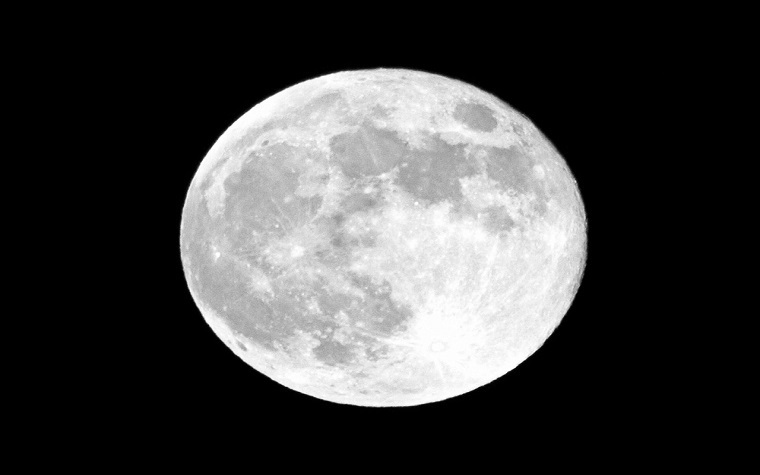Scientists have used recently recovered data from the
Gravity Recovery and Interior Laboratory (GRAIL) mission from NASA to discover
new information about the impact feature on the moon known as Orientale, which
resembles a bullseye.
“Big impacts like the one that formed Orientale were the
most important drivers of change on planetary crusts in the early solar
system,” Brandon Johnson, Brown University geologist, said. “Thanks to the tremendous data supplied
by GRAIL, we have a much better idea of how these basins form, and we can apply
that knowledge to big basins on other planets and moons.”
Johnson was the lead author of one paper and co-author of the other.
“In the past, our view of Orientale basin was largely
related to its surface features, but we didn't know what the subsurface
structure looked like in detail,” Brown geologist Jim Head, member of the GRAIL science team and co-author of research, said. “It’s like trying to understand how the human
body works by just looking at the surface. The beauty of the
GRAIL data is that it is like putting Orientale in an X-ray machine and
learning in great detail what the surface features correspond to in the
subsurface.”
Scientists use GRAIL data to find new information about Orientale feature


 Alerts Sign-up
Alerts Sign-up